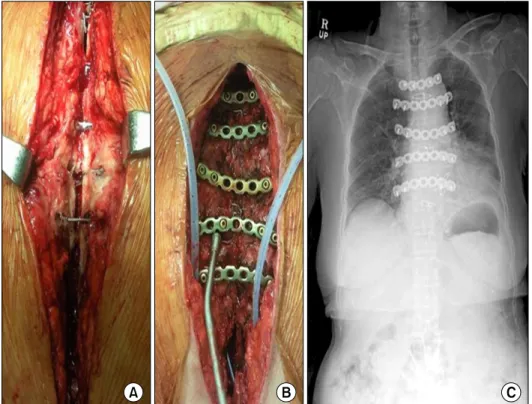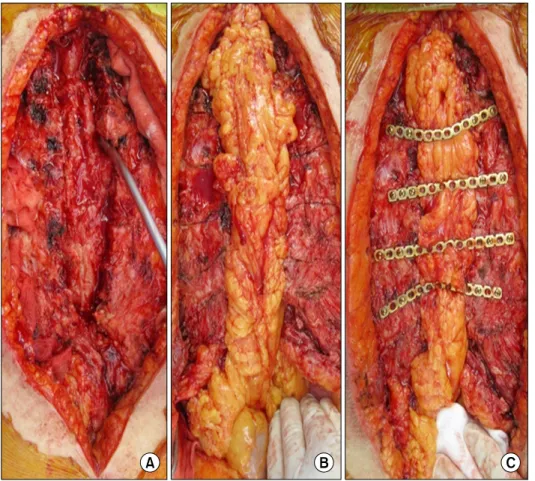http://dx.doi.org/10.5090/kjtcs.2013.46.4.279 ISSN: 2233-601X (Print) ISSN: 2093-6516 (Online)
Department of Thoracic and Cardiovascular Surgery, Asan Medical Center, University of Ulsan College of Medicine Received: September 21, 2012, Revised: January 31, 2013, Accepted: March 7, 2013
Corresponding author: Joon Bum Kim, Department of Thoracic and Cardiovascular Surgery, University of Ulsan College of Medicine, 88 Olympic-ro 43-gil, Songpa-gu, Seoul 138-736, Korea
(Tel) 82-2-3010-5416 (Fax) 82-2-3010-6966 (E-mail) jbkim1975@amc.seoul.kr
C
The Korean Society for Thoracic and Cardiovascular Surgery. 2013. All right reserved.
CC

